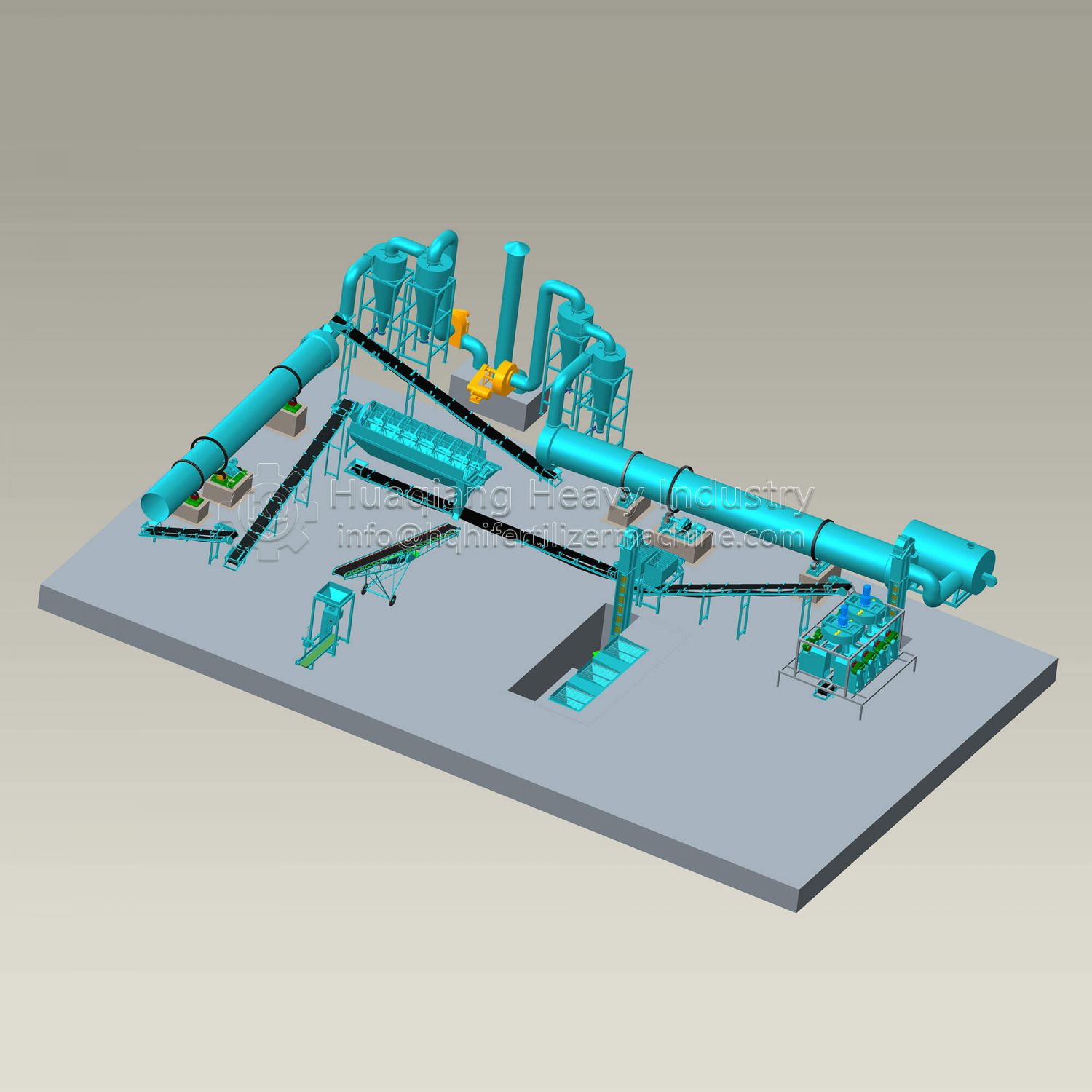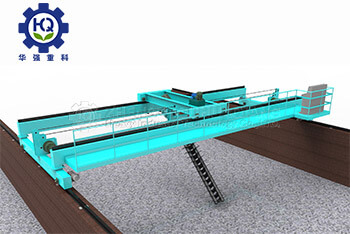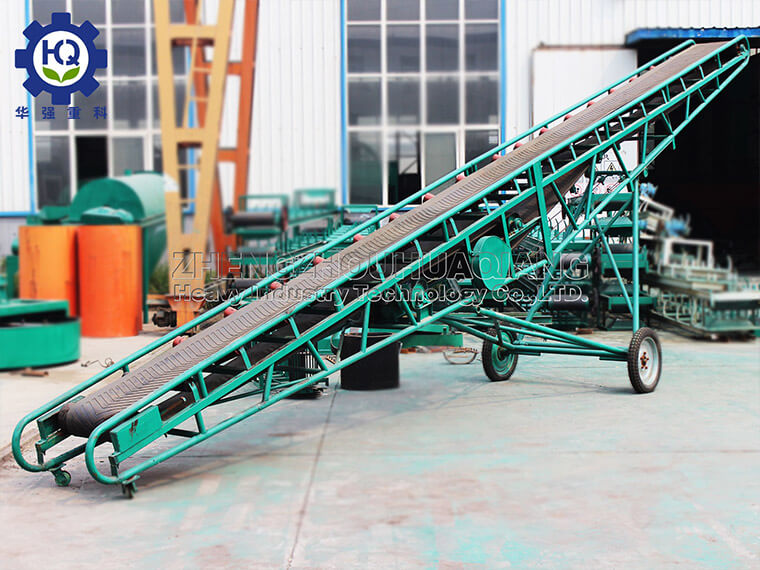Application of traditional organic fertilizer Application of traditional organic fertilizer has a long history. Up to now, it is still the main method of applying base fertilizer in autumn and winter in most orchards. The common methods in production are compost, chicken manure, cow manure, pig manure, sheep manure and other animal manure and human manure. Among them, sheep dung is a natural green fertilizer, containing 4%~27% organic matter, more than other animal dung, rich in nitrogen, phosphorus and potassium nutrition, fine dung and thick fertilizer, belonging to thermal fertilizer. Chicken dung contains rich nutrients, especially the crude protein in chicken dung, with the content of organic matter reaching 25.5%. It can become a better green organic fertilizer through proper processing and utilization.
The chicken dung chain crusher test has proved that the reason why rapeseed cake is particularly effective in tea gardens is not only that rapeseed cake is rich in nutrients, but also that rapeseed cake produces a substance that can stimulate root growth during the decomposition process to promote the growth and absorption of nutrients of tea roots. Other organic fertilizers have similar effects. 3. Improve soil fertility and water retention capacity All organic fertilizers have strong cation exchange capacity, can absorb more potassium, ammonium, magnesium, zinc and other nutrient elements, prevent leaching, and improve soil fertility, especially the fertilizer retention capacity of mature organic fertilizer is more obvious.





